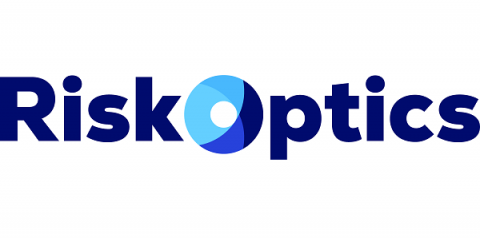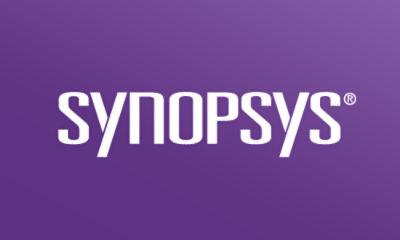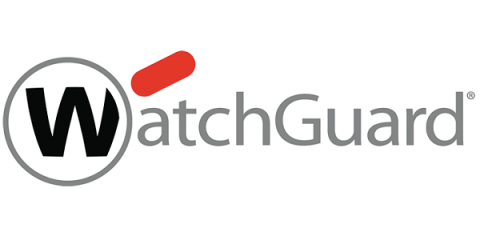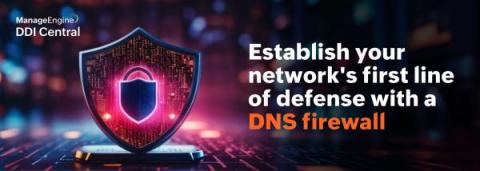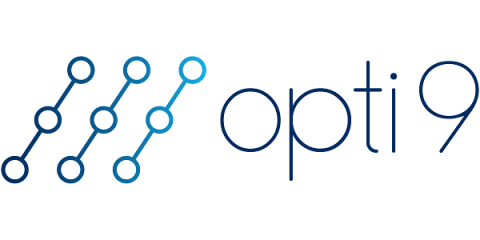The XZ Backdoor CVE-2024-3094
Unveiled on the 29th of March 2024 is the high-stakes investment and prolonged campaign by a malicious actor to plant a backdoor in the Linux software library liblzma to gain access to multiple operating systems via Linux distributions, which arguably worked out successfully. That is until a curious engineer noticed a glitch. Currently known affected upstream software and proposed mitigation.



